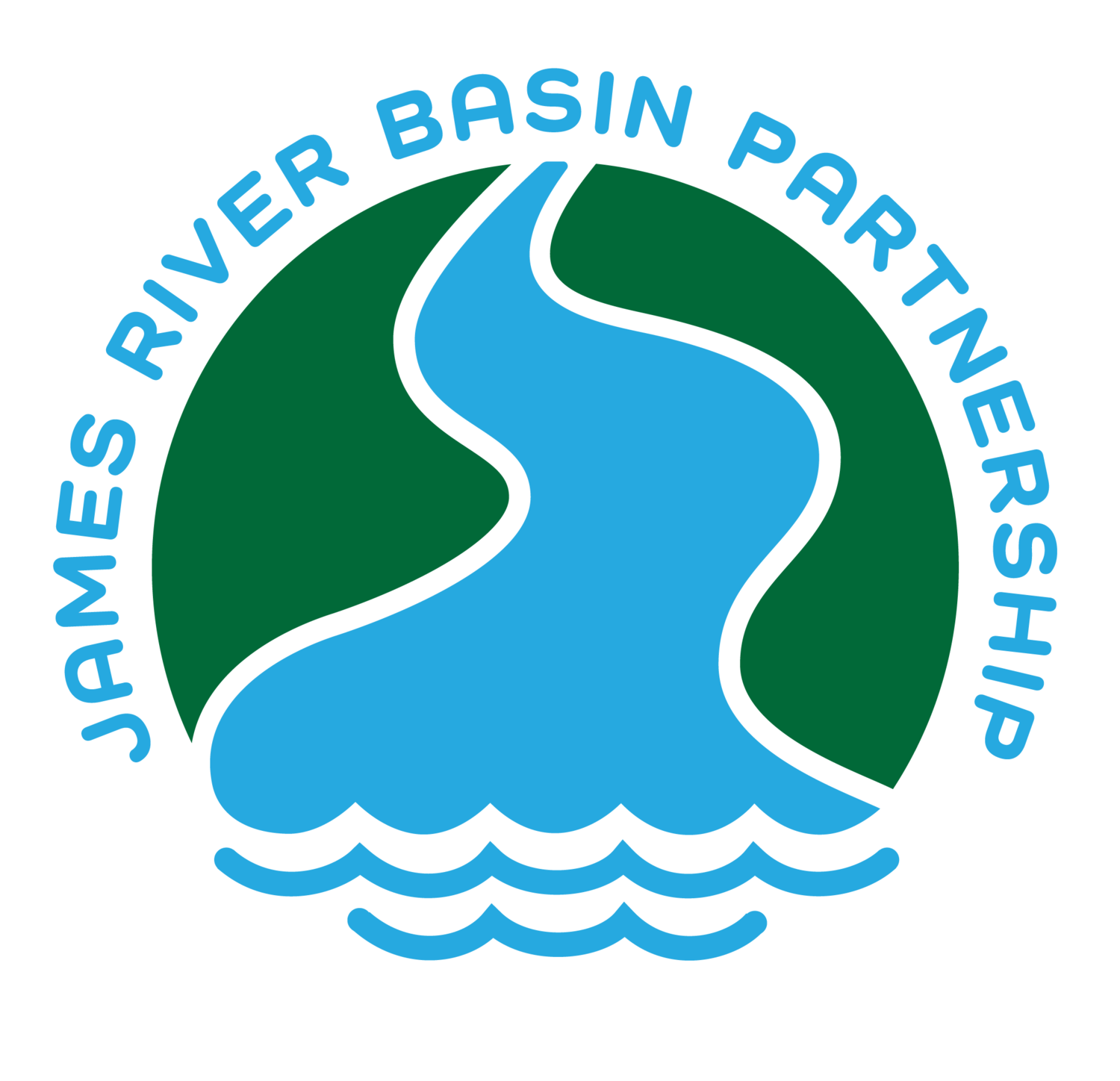Native plants play a vital role in our ecosystem and help to protect local water quality. Native plants create deep root systems and healthy leaves, both of which aid in the reduction of soil erosion. A deep root system holds soil in place, reduces compaction and recharges our ground water supply by increasing infiltration. A canopy full of healthy leaves slows precipitations path to the ground, causing it to land more softly and with less soil disturbance. As plant matter decomposes, it adds organic matter to the soil, which increases the soil’s water holding capacity and creates ideal conditions for microbial life. Plants are a very important part of the water cycle as well. Through transpiration, they allow water to evaporate up into the atmosphere and then return to Earth’s surface as precipitation.
Native plantings allow us to maintain natural diversity while still beautifying our spaces. Many songbirds, hummingbirds, pollinators and other important wildlife rely on native plants to provide habitat, forage and shelter. Having a native planting in your yard can cut down on pollution, mowing and potable water usage, and reduce or eliminate your fertilizer and herbicide use.
There is a native plant available for any need or set of growing conditions. Just as with any other type of gardening, you will need to know which plants will thrive in your space. You will want to know information about your soil (such as texture, pH, organic matter and nutrient levels), sun exposure, and local rainfall. No matter your situation, there is a plant for you, just remember the concept of “right plant, right place”. For lists of native plants and their planting requirements, you can visit Missouri Prairie Foundation’s www.grownative.org. The Missouri Department of Conservation’s field guide booklet, “Native Plants for your Landscape” includes examples of beautiful, predesigned native gardens, and can be downloaded for free – click here.
While it is true that native plants are adapted to our local growing conditions and require little to no fertilizer or pesticides, this does not mean that a native planting is maintenance free. Before planting a native garden, you should pay close attention to layout and site design to ensure your growing conditions meet the requirements of your desired plants. Eliminating competition and knowing how to properly identify invasive species can be very helpful in preparing your native planting space. Guides to the identification of invasive species and how to control them can be found on the Missouri Department of Conservation’s website at mdc.mo.gov. Removal of turf grasses in your planting area is an important step, as they can compete with and crowd out native plants. Weeding, pruning, mowing or burning may be necessary to suppress invasive plant species and maintain the look, vigor and benefits of native plantings. Once established, native plantings can lower the possibility of invasive plant intrusion by out competing them and not allowing the space or nutrients necessary for their growth.
Yard Ethic is a push to help preserve biodiversity and implement sustainable practices that can help you save money and protect water quality while beautifying your landscape. At JRBP, our focus may be on water quality, but we accomplish our mission by looking at the big picture. Water quality is a community effort, and we strive to find every way we can to get our community involved. A native garden will provide you with beautiful plants and the opportunity to share your knowledge with your family and neighbors and observe wildlife enjoy your hard work.
Ashley
A monarch butterfly and native Milkweed, South Creek Restoration Project, October 2017. (JRBP Photo)




